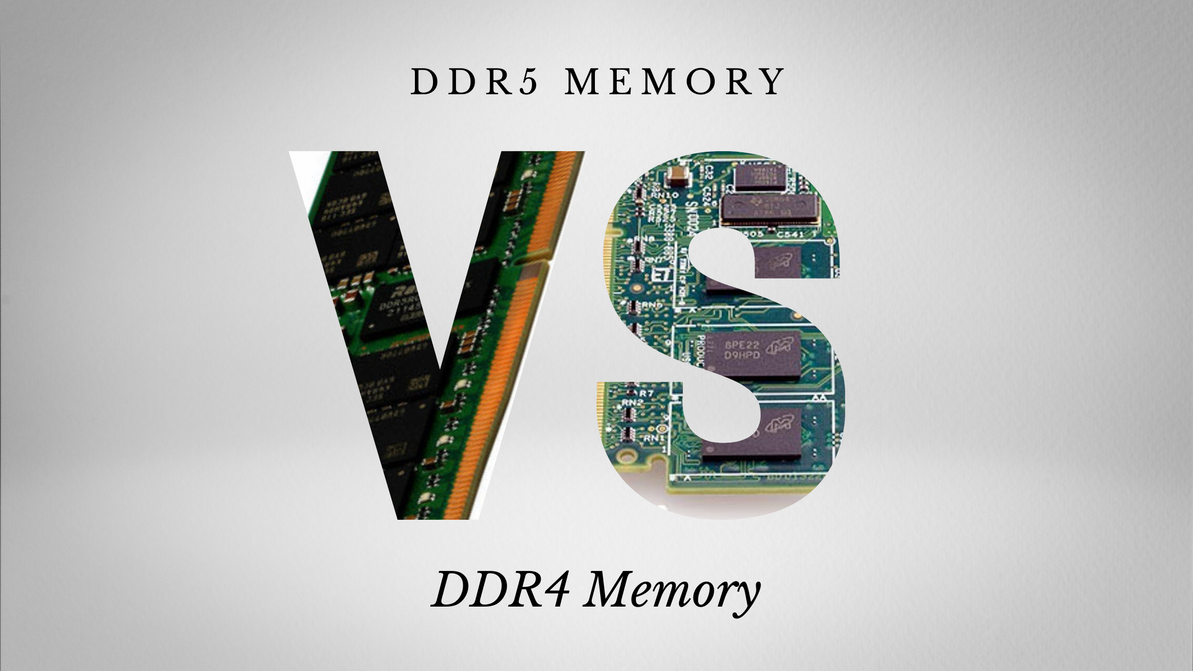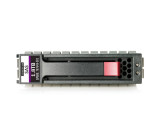DDR5 Vs DDR4 Memory: Impact on Network Server Performance
In the rapidly evolving landscape of IT infrastructure, the debate between DDR5 and DDR4 memory modules isn't merely about incremental upgrades—it's about transformative leaps that can define the competitive edge of modern enterprises. As organizations increasingly rely on high-performance computing, big data analytics, and virtualized environments, understanding these advancements is crucial for IT professionals, network administrators, and tech enthusiasts.
Performance Improvements
The transition from DDR4 to DDR5 memory brings a host of performance enhancements that can significantly impact network server performance. Here, we delve into the key improvements that DDR5 offers over its predecessor.
1. Higher Bandwidth and Speed
DDR5 memory sets a new benchmark for speed and bandwidth. Operating at effective speeds of up to 6400 MT/s with future potential to reach 8800 MT/s, DDR5 doubles the top speed range of DDR4, which maxes out at 3200 MT/s. This increased bandwidth allows servers to handle more data-intensive tasks more efficiently, reducing bottlenecks and improving overall system performance.
2. Increased Capacity
One of the standout features of DDR5 is its support for higher memory densities. DDR5 modules can reach up to 512GB per module, compared to DDR4's maximum of 128GB per module. This substantial increase in memory capacity is essential for applications requiring large datasets, such as in-memory databases and big data analytics. Enhanced capacity ensures that servers can accommodate growing data needs without compromising performance.
3. Improved Power Efficiency
DDR5 operates at a lower voltage of 1.1V, compared to DDR4's 1.2V, resulting in reduced power consumption and heat generation. This improvement is particularly beneficial for data centers, where energy efficiency and cooling are critical concerns. Lower power consumption translates to cost savings and a smaller environmental footprint.
4. Enhanced Reliability and Error Correction
Reliability is a cornerstone of DDR5 memory, thanks to the introduction of on-die ECC (Error Correction Code). This feature helps correct bit errors within the memory chip itself, thereby improving data integrity and reliability. Enhanced error correction is vital for mission-critical applications where data accuracy is paramount, such as financial services, healthcare, and scientific research.
5. Advanced Power Management
DDR5 modules come equipped with a Power Management Integrated Circuit (PMIC) on the DIMM itself, allowing for better power regulation and efficiency. This advanced power management design reduces power wastage and enhances the overall stability of the memory system. For IT professionals managing network storage infrastructure, this can mean fewer disruptions and more consistent performance.
Scenarios Where DDR5 Makes a Noticeable Improvement
The advantages of DDR5 over DDR4 are not just theoretical—they manifest in real-world applications that are critical to modern business operations. Let's explore some scenarios where DDR5 makes a significant difference.
1. Virtualized Environments
In virtualized environments where multiple virtual machines (VMs) run on a single server, DDR5's higher bandwidth and capacity can significantly improve performance. The increased memory bandwidth helps in handling more VMs simultaneously without performance degradation. This is a game-changer for businesses that rely on virtualization for scalability and resource optimization.
2. High-Performance Computing (HPC)
Applications in HPC, such as scientific simulations, financial modeling, and complex data analysis, benefit immensely from DDR5's higher data transfer rates and lower latency. These applications require rapid access to large datasets, and DDR5's capabilities lead to faster computation times and more efficient processing. For industries pushing the boundaries of innovation, this translates to faster results and more groundbreaking discoveries.
3. Big Data and Analytics
Big data applications involve processing and analyzing vast amounts of data, and DDR5's increased memory capacity and bandwidth are crucial for these tasks. Faster data access and higher memory capacity enable quicker data processing and more efficient analytics operations. This is particularly important for businesses leveraging data-driven decision-making for competitive advantage.
4. AI and Machine Learning
AI and machine learning workloads often require substantial memory bandwidth and capacity to handle large datasets and complex algorithms. DDR5's enhanced performance characteristics can lead to faster training times and more efficient inference operations. By accelerating AI processes, DDR5 helps organizations innovate faster and respond to market changes more effectively.
5. Database Management Systems
In-memory databases and other database management systems that rely heavily on memory performance can see significant improvements with DDR5. The increased memory capacity allows for larger datasets to be stored in memory, reducing the need for slower disk-based storage and improving query response times. For businesses that depend on real-time data access, this means more efficient operations and better customer experiences.
6. Content Delivery Networks (CDNs)
CDNs that serve large volumes of content to users around the globe can benefit from DDR5's higher bandwidth and capacity. Faster memory access speeds up content retrieval and delivery, enhancing user experience and reducing latency. For content-driven businesses, this translates to happier users and more robust service delivery.
Conclusion
DDR5 memory offers substantial improvements over DDR4 in terms of bandwidth, capacity, power efficiency, and reliability. These enhancements make DDR5 particularly beneficial for network servers handling data-intensive and memory-critical applications. As technology continues to evolve, the adoption of DDR5 in network servers will likely become more widespread, driving further advancements in server performance and efficiency.
For IT professionals, network administrators, and tech enthusiasts, understanding these benefits is crucial. The transition to DDR5 is not just an upgrade—it's a strategic move that can redefine the performance, efficiency, and reliability of your network infrastructure.
Investing in DDR5 today positions your organization for a future where data demands continue to grow and the need for high-performance computing becomes ever more critical. Are you ready to take the leap? Embrace the future of memory technology and experience the transformative power of DDR5.
Recent Posts
-
Unleashing Enterprise Performance with The HPE 900GB Dual Port Hard Drive for ProLiant Gen 9 and 10 Servers.
As enterprises continue to demand top-tier performance and reliability in storage solutions, the HPE …Dec 26th 2024 -
Unleashing Enterprise Storage Power: HPE 1.2TB 10000RPM SAS-12Gbps Hard Drive for MSA 1060/2060 SAN Systems
In the modern era of data-driven decision-making, businesses rely heavily on robust and efficient st …Dec 24th 2024 -
Unleashing Performance and Reliability: HPE 1.8TB 10,000RPM SAS Enterprise Hard Drive for MSA 1040/2040 SAN Storage
In the world of enterprise storage, performance, reliability, and scalability are paramount. The HPE …Dec 23rd 2024




